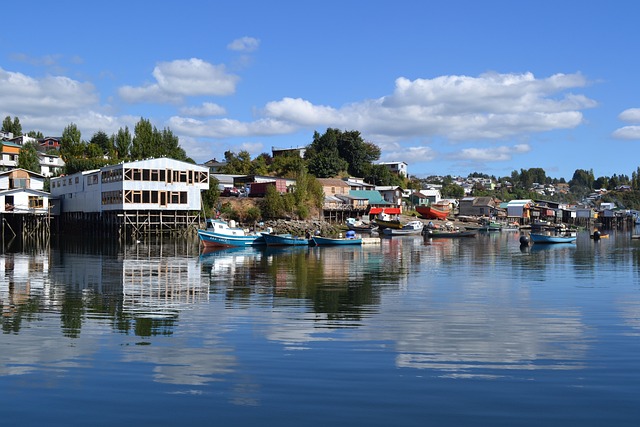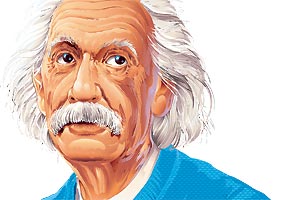In the sixth chapter of the Great Encyclopedia of Chile we have gotten to know the main characteristics and events that took place between 1861 and 1891 in the period dubbed the Liberal Republic.
Liberal republic
– The laws carried out during the liberal era stood out for enhancing public and individual liberties. In addition, politics-wise, the figure of the president was reduced and the Parliament’s power was amplified.
– Between 1861 and 1891 the economy grew thanks to the new activities developed, the mining boom and the profits generated after the Pacific war.
– The liberal governments were Jose Joaquin Perez, Federico Errazuriz Zañartu, Anibal Pinto, Domingo Santa Maria and Jose Manuel Balmaceda.
Territorial expansion
– The fact that eased the advancement of the border in the country’s southern zone was the pacification and colonization of the Araucania.
– The border treaty with Argentina from 1881 established that the borders between both nations were the tallest peaks of the Andes mountain range that divided waters.
Pacific War
– The main causes of the Pacific war were the border differences with Bolivia and the violation of the established agreements.
– During the Pacific war, the following took place in chronological order: the maritime campaign, the land campaign of Tarapaca, Tacna and Arica, the occupation of Lima and the Sierra campaign.
– The agreements that put an end to the Pacific war were the treaty of Ancon, signed with Peru in the year 1883 and the truce pact agreed with Bolivia on April 4th, 1884.






 Muere Albert Einstein
Muere Albert Einstein